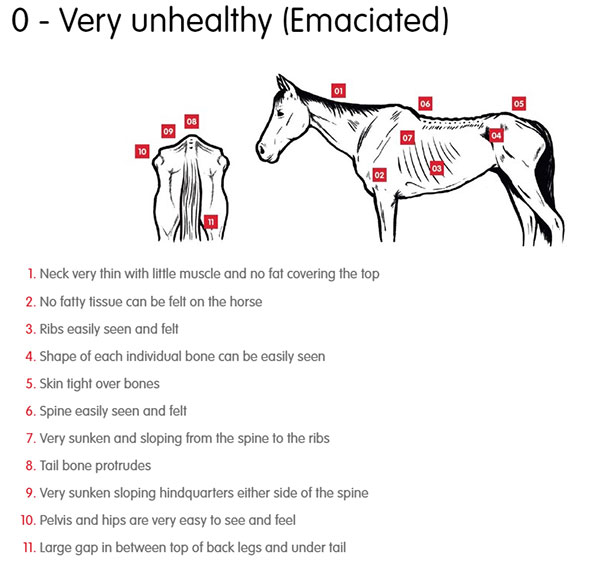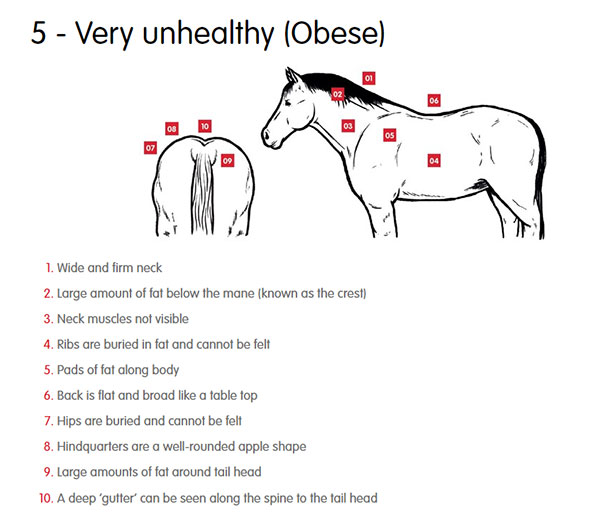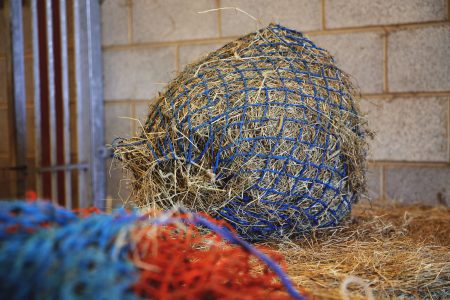To offer effective feed and nutritional advice for your horse or pony, it’s essential to begin by calculating your equines weight. This allows you to determine the appropriate amount of feed, accurate dosages for wormers, supplements, or medications, and tailor weight management programs to their specific needs. There are several methods to calculate weight:
Weigh Tape
Ensure that you hold the tape end marked zero. Drape the weigh tape over the horse’s back just behind his withers, holding the tape firm but not too tight, creating a smooth surface around the coat, and then make a note of your equines weight. Rule of thumb is to add 10kg to the reading. Regularly weigh your horses to ensure optimal nutrition and overall health benefits.
Weighbridge
One reliable method is to take your horse to a public weighbridge or visit a yard or vet clinic that has one. If you would like to request a weighbridge visit from our feed partner, complete the attached form. Please note this is subject to availability
Weight Formula
You can also utilise the weight formula for a more precise measurement compared to a weight tape, providing valuable insights into weight changes. The calculation involves the use of a tape measure (in inches) and is as follows:
Girth x Girth x Body Length divide by 330 = Weight
To measure the girth, wrap the tape around the body where the girth would typically sit. Measure the body length from the point of the shoulder in a straight line to the point of the buttock on one side. The resulting weight is in pounds (lbs). This formula is versatile and can also be applied in conjunction with body scoring for a comprehensive assessment of your horse’s health.
(Reference: Blue Cross https://www.bluecross.org.uk/advice/horse/food-and-weight/how-to-weigh-a-horse)
The next step is to understand your horse’s body condition score is equally important as knowing their weight. Refer to the table below to assess your horse’s condition:
0 - Very Unhealthy (Emaciated)

1 - Very Poor / Unhealthy Thin

2 - Moderate (Good) / Ideal

3 - Healthy - Good / Ideal

4 - Unhealthy (Fat)

5 - Very Unhealthy (Obese)

(Reference British Horse Society – https://www.bhs.org.uk/horse-care-and-welfare/health-care-management/horse-health/fat-scoring)
Consider your horse or pony's workload and feed accordingly
You also need to determine the level of activity your horse undertakes to provide your horse with the right diet. It’s crucial to match their energy needs to their workload. Accurately assessing your horse’s workload is essential to prevent overfeeding and obesity.
The National Research Council provides a guide for calculating a horse’s workload:

(Reference National Research Council’s book, ‘Nutrient Requirements of Horses)
View our feeding guidelines below:
BHF Speedi-Beet Feeding Guidelines PDF
BHF Fibre-Beet Feeding Guidelines PDF
BHF Cooked Linseed Feeding Guidelines PDF
Lastly, you should consider your horse’s specific nutritional needs, taking into account their age, clinical conditions (such as laminitis, EMS), food intolerances and temperament. Every horse is unique, and the right diet can significantly impact behaviour, performance, weight, and condition. Some specialised diets to consider include feeds that are low in sugar and starch for sensitive horses such as British Horse Feeds Speedi-Beet , feeds tailored for veterans with boosted nutrient levels or weight gain such as British Horse Feeds Fibre-Beet . To ensure your horse receives the appropriate nutrition, follow recommended feeding guidelines based on their weight, condition, and workload, and regularly monitor for changes in body weight and condition.
Remember, a well-informed approach to feeding is key to your horse’s health and well-being





